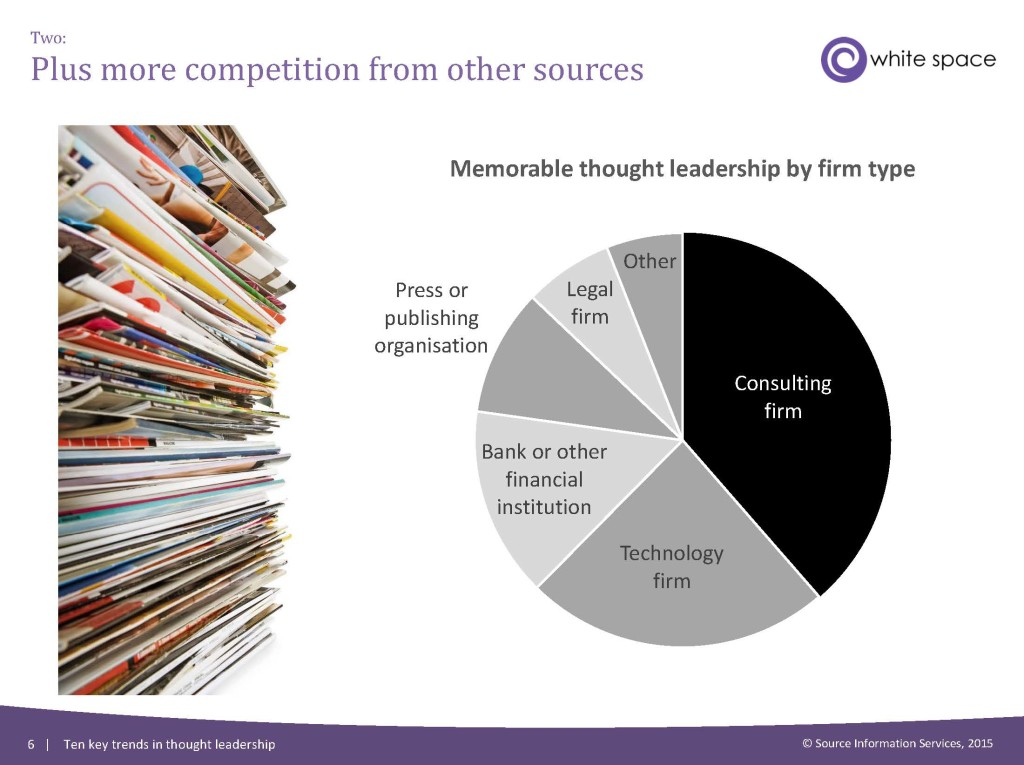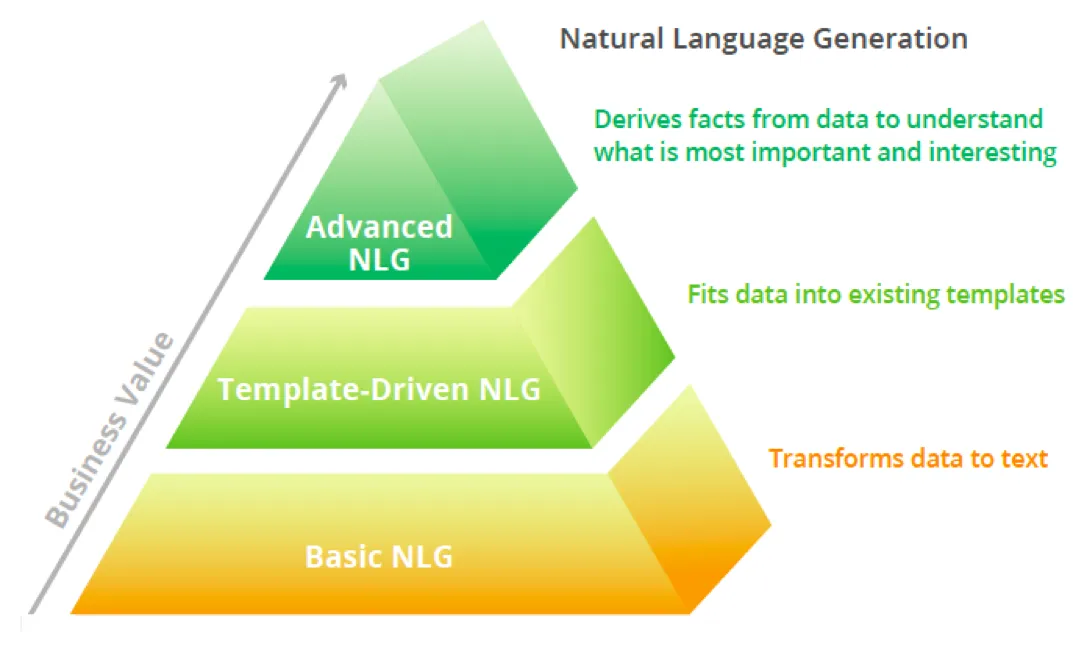One of the benefits of Big Data analytics is that it incorporates previously unmanageable data with existing customer information located in data warehouses. James Kobielus of Forrester didn’t spend time going into the intricacies of the data management, but did talk about how it is being used, especially in conjunction with CRM systems.
This is how it works:
- The company collects the best historical customer data, and then brings in domain experts that understand issues particular to the industry and customers of focus.
- Work with “data scientists” to create predictive models. The models should be trying to predict a specific action or target a specific type of audience.
- Create business rules for automated actions at different points in the customer experience. For example, if people coming from iPhone are more likely to buy red ear muffs, then show them an ad for red ear muffs.
Kobielus talked about two qualifications for implementing this type of system that I think are very important:
- Don’t forget the importance of core business metrics like “customer lifetime value.”
- Try to automate the process of creating predictive models. This may be very hard, but there is room to shorten the time frame for things like data prep and writing automated reports.
In terms of a “jump start,” this was good. It whetted my thirst to dig deeper into issues.



